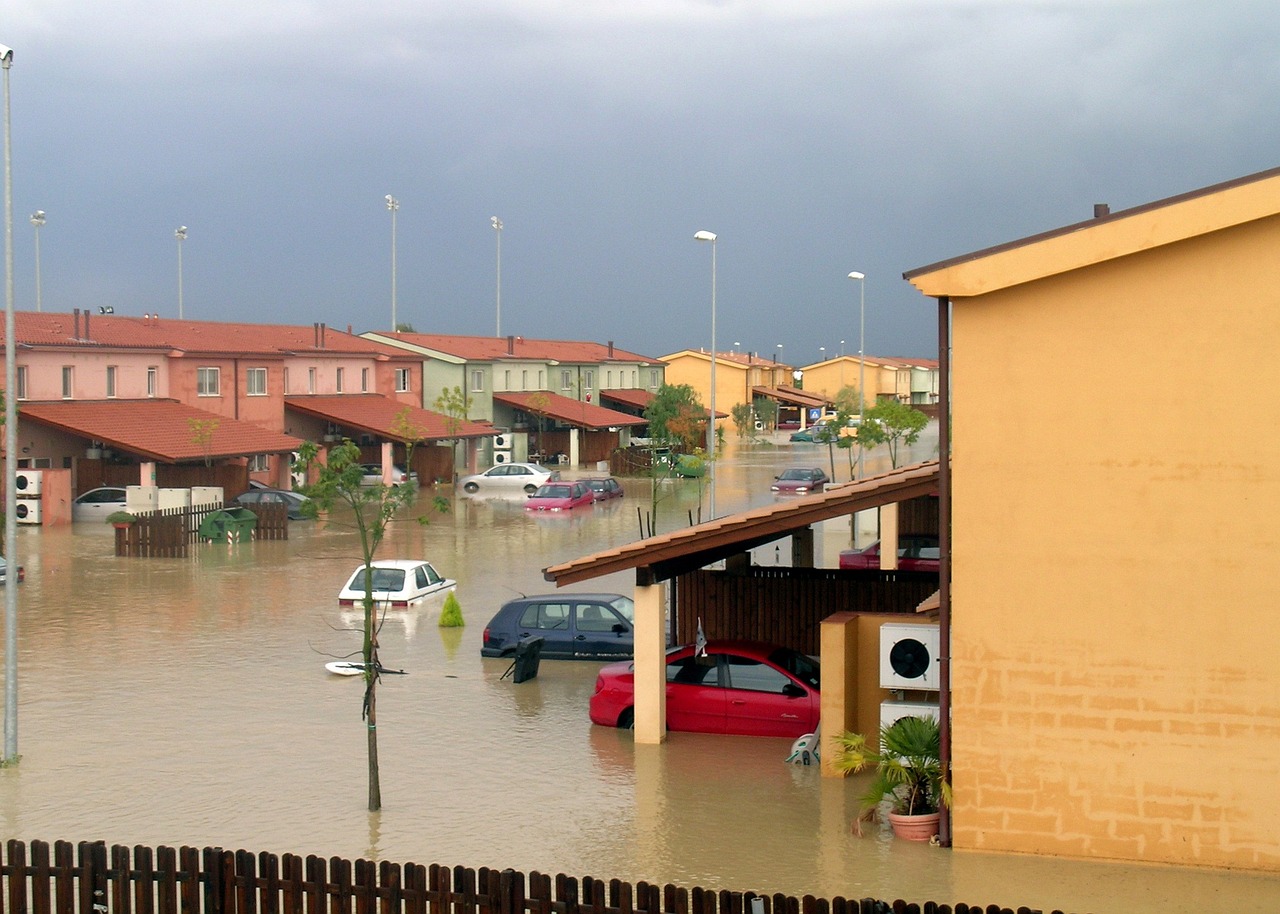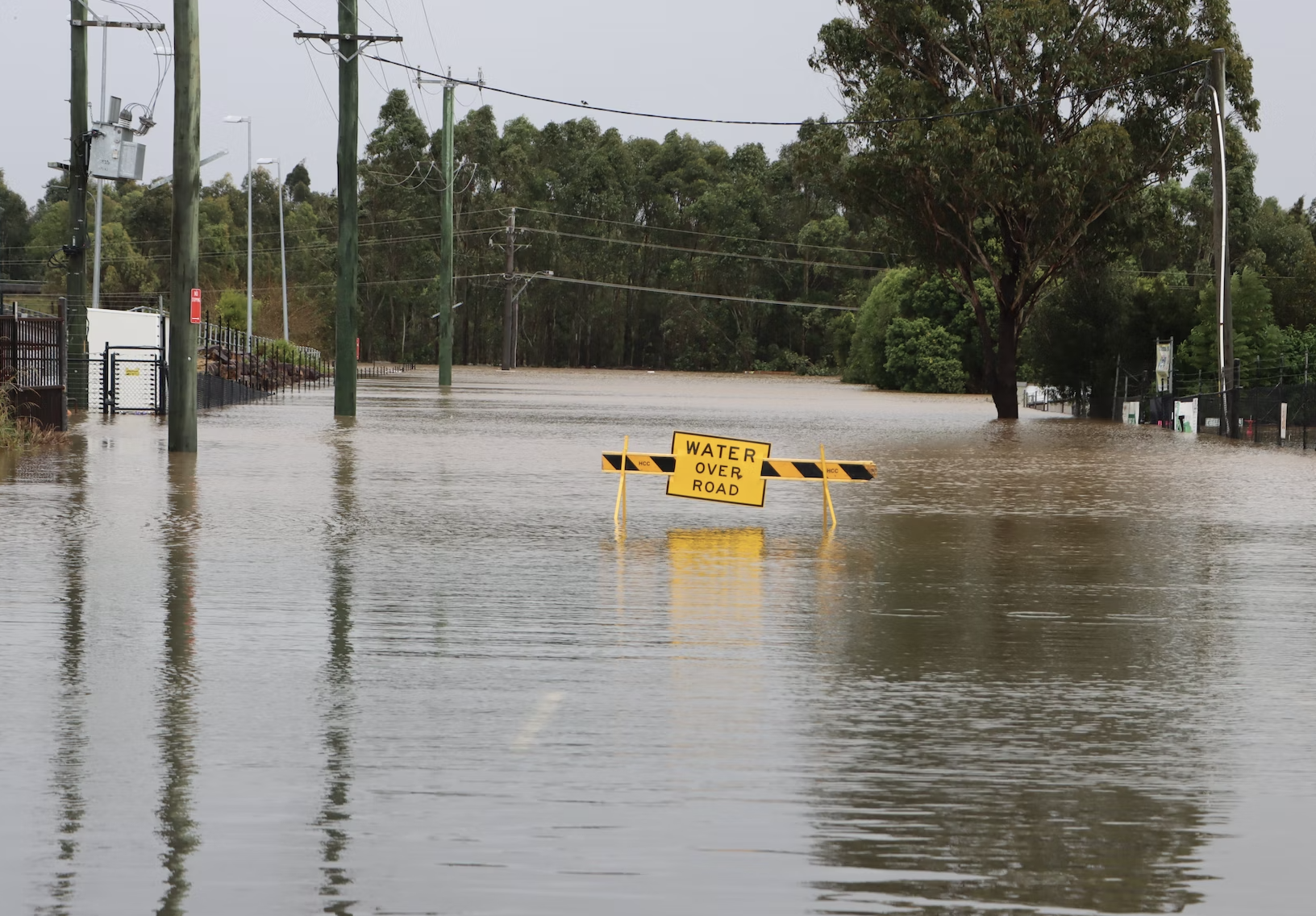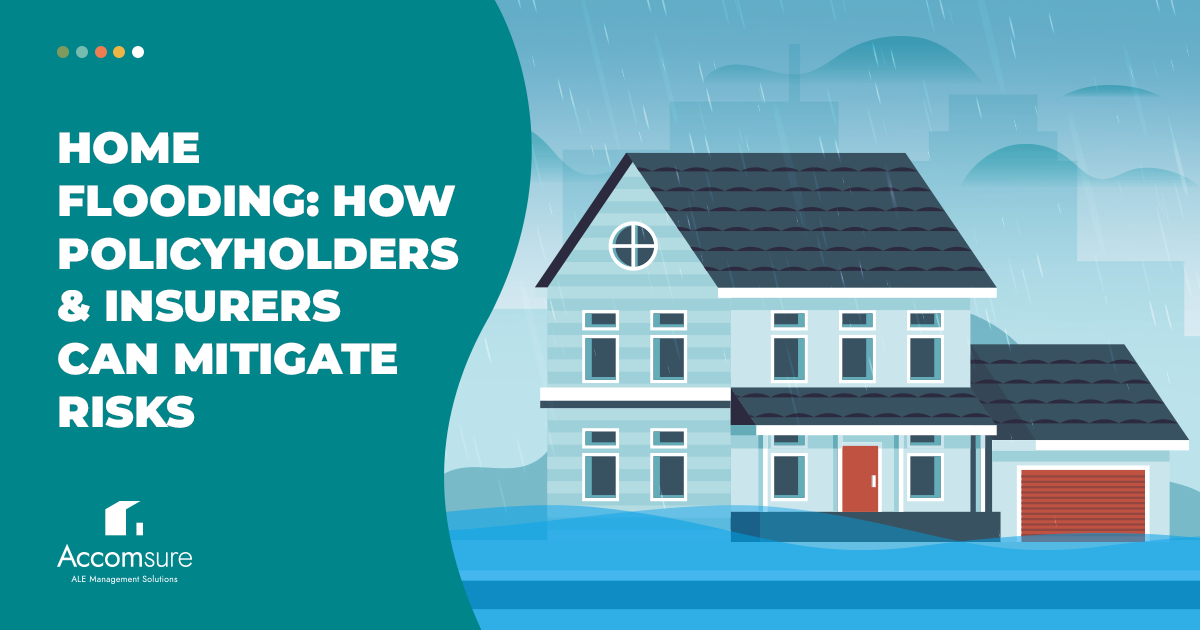Did you know flooding is the most common natural hazard that occurs in Canada (according to the Government of Canada)?
As any adjuster knows, flooding can be quite costly and devastating for families and local communities. In this blog post, we will discuss types of home floods and how policyholders and adjusters can better prepare and reduce flood risks.
Types of Flooding
Did you know 40% of all home insurance claims are due to water damage? From pipes bursting, faulty sump pumps, and sewer system backups to overflowing rivers and lakes, flooding can occur due to a variety of causes. Below we’ve highlighted the most significant causes of flood damage so your insurance company can better prepare for any flood claim.
Weather-Inflicted Flooding
From spring showers and winter snow buildup to heavy rainfall and destructive storms, severe weather events can cause major flooding. Although weather-inflicted flooding is not predictable, understanding what causes flooding can help policyholders and adjusters better understand and prepare for flood water. Water damage from weather can be caused by multiple factors, including:
- Ice damming
- Snow buildup
- Frozen pipes
- Overland flooding
- Blocked drains
Infrastructure Failure
The most common culprit for flooding in homes unrelated to weather is leaking pipes and sewer back ups. As homes age, the failing performance of dated infrastructure makes older homes a huge liability and tends to drive up the number and value of home insurance claims.
In older homes, the original infrastructure is often more susceptible to wear and tear that results in flooding. For example, many new builds use PEX tubes for water supply. PEX tubes are flexible plastic tubing that don’t rust or corrode and are built for long-term use. On the other hand, older homes (built around 1970) commonly have polybutylene pipes, which are notorious for cracking and causing flooding. If your policyholder lives in an older home, they are automatically more susceptible to flood damage.
According to the FCM, Danger Ahead: The Coming Collapse of Canada’s Municipal Infrastructure study, it will cost around $123 billion to fix Canada’s aging infrastructure. The costs of aging infrastructure are pushing insurance companies to increase premiums and, at times, reject new policyholders from insuring their dated homes due to the large infrastructure failure risk.
If you’re interested in learning more about how aging infrastructure and weather are boosting insurance premiums, read our blog, Why Home Insurance Claims are Soaring.
How Policyholders Can Prepare for Flooding

Now that you have a deeper understanding of the two major types of flooding, we’ll outline a couple of ways policyholders can reduce flood risks.
1. Keep an Eye on Flood Forecasting
Canada has a very established flood forecasting and warning system that has evolved into five provincial streamflow forecast centres. These centres constantly monitor water levels in lakes and rivers around Canada, so adjusters and policyholders can stay alert should they need to prepare for a flood. The following are forecasts you’ll want to bookmark based on the location of your policyholders:
- Saint John River Flood Forecast
- Ontario Flood Forecasting and Warning System
- Manitoba River Flood Forecast
- Saskatchewan’s River Flood Forecast
- Alberta’s River Flood Forecast
For more information about flood risks in Canadian provinces, read our blog, Flood Preparedness: Which Cities are Most Prepared.
2. Floodproofing
Did you know 29% of Canadians claim to have an emergency plan for floods or other natural disasters? With so few Canadians prepared for flooding, should a policyholder have a flooded basement or home, they will likely have significant damages, which can result in high claim costs.
The following are preventative measures policyholders can take to prevent a flooded home. Share these tips with your policyholders ahead of the next severe weather event to help them mitigate their property damage!
- Clear out gutters from fall leaves to prevent clogging
- Ensure snow is shovelled away from the foundation, doors or windows (especially when it begins to melt)
- Turn off the exterior water tap to prevent pipes from freezing
- Seal any cracks in floors, windows, or walls
- Ensure downspouts are disconnected from sewer lines
- Use one-way valves in sewage systems to prevent backflush
- Place all electrical equipment and mechanical systems above standing water floodlines
- Monitor your hot water tank regularly
- Complete routine checks on the sump pump to ensure it is working properly
Beyond preventative in-home measures, it’s important to have a list of the local gas company, flood cleanup, and fire department on hand to reduce further damage should a destructive flood occur.
How Adjusters Can Better Prepare for Flood Claims

Since Canadian homes are at risk of flooding any time of year, adjusters and policyholders must be prepared for flooding year-round. One of the best ways for adjusters to prepare for flood claims is by working with an ALE management company like Accomsure.
By professionally managing ALE expenses for policyholders during the claims process, Accomsure can reduce total claim costs and improve policyholder satisfaction. Additionally, we help offset rising workloads, especially when a weather-related disaster occurs. Accomsure will work with your policyholder to find temporary accommodations that best suit their needs so you can focus on your number one priority: their claims.
Contact us today to learn more about our services and how we can support you the next time flood damage occurs.




